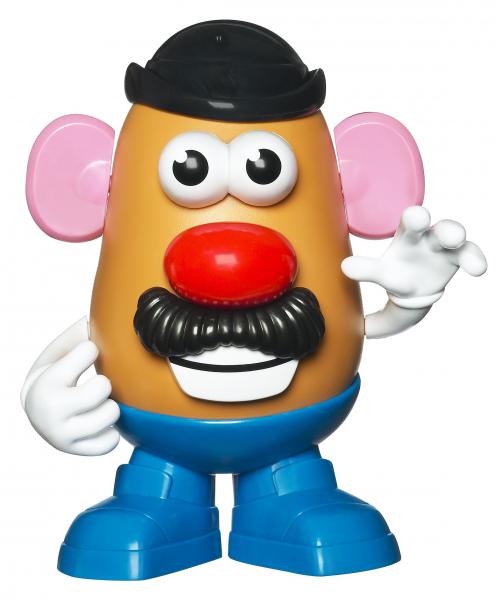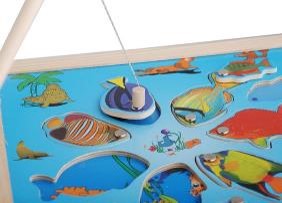Step 1.5 Arrange the environment to elicit the target behavior
Use information from Step 1.3 Identify the contexts for intervention and materials or resources within the home, center, and other community environments to capture a toddler’s attention and motivate him/her to produce target behaviors.
a) Choose motivating materials and activities to engage the toddler and
promote the use of targeted skills.
A key feature of naturalistic intervention is using materials and toys that will motivate the child to engage in the target behavior and that will promote generalization of skills. This is the place in the process to refer back to the information gathered about the toddler’s interests to help select highly motivating toys and activities. For a toddler’s safety, choose age appropriate toys that are designed to be mouthed, have smooth surfaces, can be easily grasped, and are washable.
Toys and activities that can be particularly useful in facilitating communication and social play include those that require fine motor and eye-hand coordination, adult assistance, and turn-taking.toys that have multiple parts requiring fine motor skills and eye hand coordination.
EXAMPLES OF TOYS AND ACTIVITIES THAT CAN BE USED WITH NATURALISTIC INTERVENTION

Toys:
- DuplosTM blocks
- a shape sorter
- Mr. Potato HeadTM
Items that can be added onto another activity:
- adding Little PeopleTM into play with blocks
- using puppets to act out a story
- hiding items under nesting cups
Activities that require adult assistance:
- opening a kitchen cabinet to obtain a snack
- having lid on bottle of bubbles so tight that learner must request help
- holding puzzle pieces until the child requests them
Activities that ecourage turn-taking:
- throwing a ball
-
placing puzzle pieces

- sending toy cars down a ramp
- blowing bubbles
Social routines:
- finger plays or songs
- peek-a-boo game
- tickling games between a parent and child
For additional ideas on choosing toys for toddlers, visit the Zero to Three website: Tips for Choosing Toys for Toddlers.
b) Manage and distribute materials in a way that encourages a toddler to
communicate
Within interactions and contexts for intervention, materials are managed by the lead interventionist (e.g., parent, educator).This means that the interventionist and/or parent is “the keeper of the goods” and distributes the materials in a manner that encourages communication. For example, communication can often be elicited by giving toddlers only a few of the DuplosTM at once, forgetting to open a food package for snack, or putting a doll’s hat on her feet as if by accident. Such “mistakes” are likely to elicit a request or comment from the toddler.
c) Arrange the intervention context and prepare the environment
Arrange the environment to encourage the use of the target behavior or skill and maintain the toddler's interests.
Home-based Example: Mica’s team has identified his target behavior to be pointing to request (a pre-linguistic communication skill). Her mother knows that he loves to put shapes in her shape sorter.
She takes Mica’s shape sorter out of the toy box and puts it on the couch out of Mica’s reach, but within her view. The intention is for Mica to point to the shape sorter to request it.
Center-based Example: Gus’s team has identified his target behavior to be requesting a snack from his peers. His favorite foods are placed in bowls out of his reach and near his peers. The interventionist announces that Gus’s favorite snack is in the bowl. The intention is for Gus to request the snack from his peers and to stay with the session long enough to also respond to his peer’s request for Gus to pass the snack to them.


